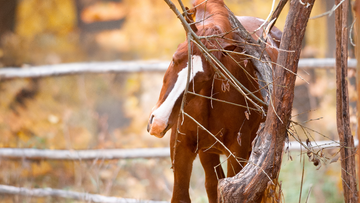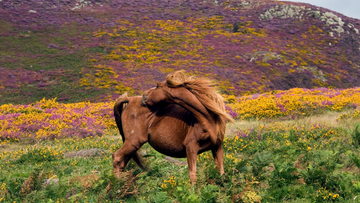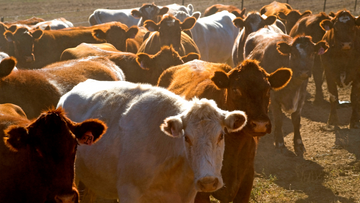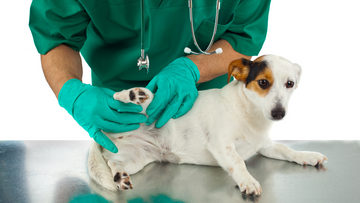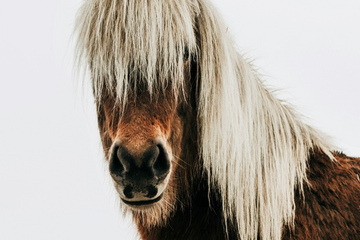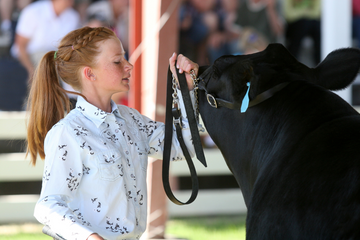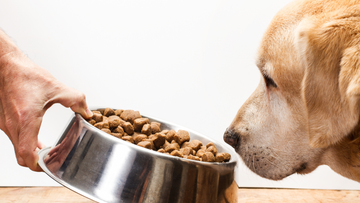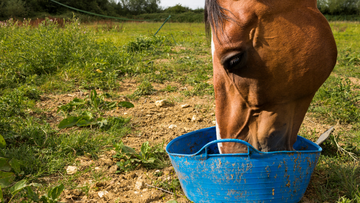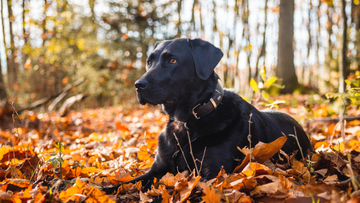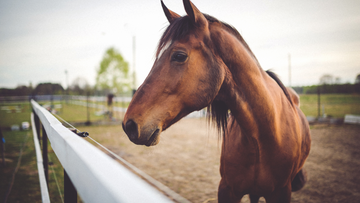Can Horses Develop Hives?
Hives are a skin condition like a rash. When a horse develops hives, the horse develops welts or bumps along the skin. There are several causes of hives in horses. They happen when the horse's body reacts to something it doesn’t like.
When the immune system reacts to an irritant, it releases histamines. These histamines expand the blood vessels in the dermis, releasing fluid. The fluid and chemical mediators released cause swelling, pain, and itching.
So, yes—horses can develop hives as a reaction to various triggers.
What are the symptoms of hives?
Hives result in bumps or welts on the skin. These bumps can appear across the entire body or in specific areas and can vary in size and shape.
All things considered, hives are itchy and painful.
In most cases, hives will show up along the neck, flanks, and abdomen.
What are the causes of hives?
The causes of hives are usually reactionary. Common triggers include:
- Dietary issues
- Allergens
- Skin irritants
- Stress
- Insect bites
Dietary Triggers

Dietary triggers are a common cause of hives in horses. Most often, horses react to grains such as soy, alfalfa, and corn. Additionally, proteins in some treats and hay can cause dietary issues.
To avoid hives from dietary triggers, you should change feed slowly. This will allow your horse’s digestive system to adapt to the new food. Introducing new foods slowly helps you spot real allergies. This way, you can safely remove those foods from your horse’s diet.
Common Allergens
Horses can have allergic reactions to dust and mold. They can also have seasonal allergies caused by ragweed, grass, and pollen.
Horses often show other allergy symptoms like sneezing, breathing problems, and coughing.
Skin Irritants
Topical ointments or contact with environmental allergens can trigger hives. Additionally, temperature changes that cause sweating and chafing can also lead to hives.
Stress
Hives can be a reaction to mental stress in horses. Stress from their environment, work, or changes in the herd can cause hives to appear. In this case, the immune system is triggering the physiological symptoms of stress.
Make all changes gradually and work within your horse’s comfort zone. You do not want to put your horse in overly stressful situations.
Insect Bites
Insects like flies, mosquitoes, and wasps can bite or sting a horse. With a bite or sting, the hives will be localized to the area near the wound. The hives are a reaction to the venom or saliva of the insect.
Fly sprays are an excellent way to reduce the risk of insect bites.
Treatment Options
Immediate Relief Methods
Cold compresses are an excellent way to reduce symptoms if the hives are mild.
Cold compresses can be applied to affected areas for immediate relief. This reduces swelling and provides comfort by numbing the skin.
A bath may be needed to remove any remaining triggers for environmental irritants.
Additionally, your veterinarian may suggest antihistamines to counter the allergic reaction developing the hives.
Long-Term Treatment
Long-term treatment begins with the removal of the trigger.
After that, veterinarians will prescribe corticosteroids for severe cases. This can be oral or topical. Either way, the idea is to reduce swelling.
Holistic and Alternative Treatments
Besides removing the trigger, a holistic way to treat hives is with chamomile or calendula. These are natural topical treatments to reduce swelling, pain, and itching.





